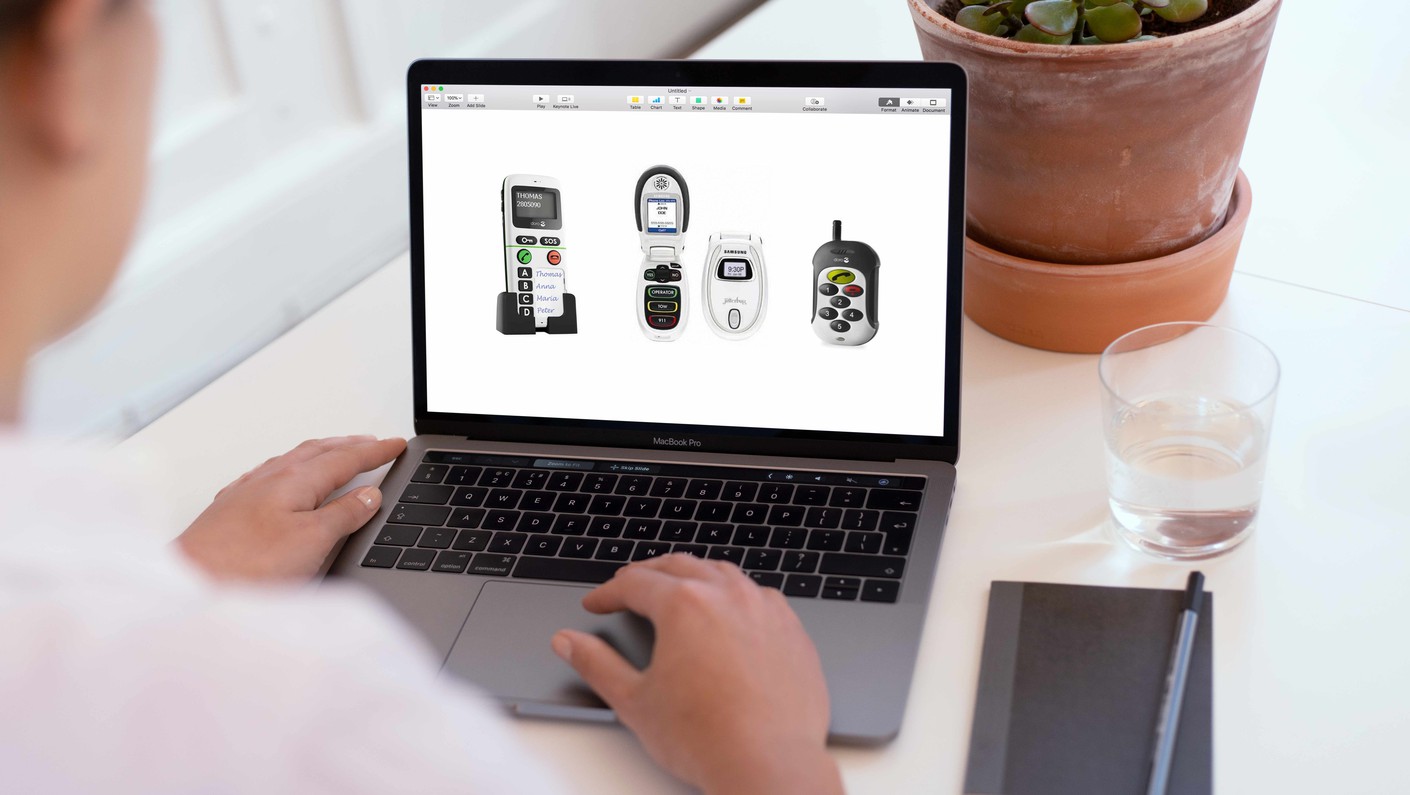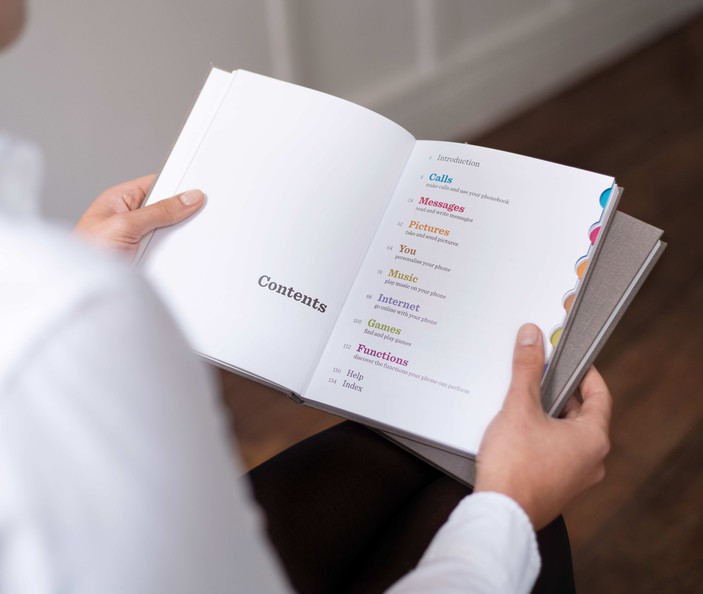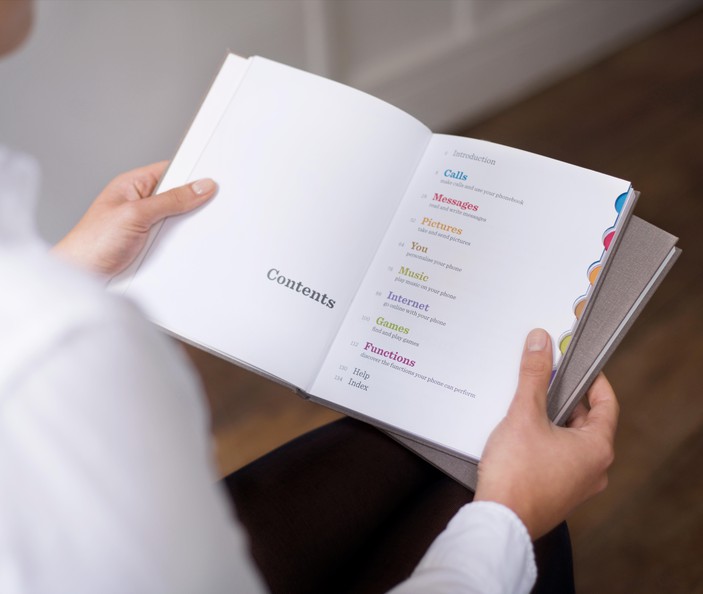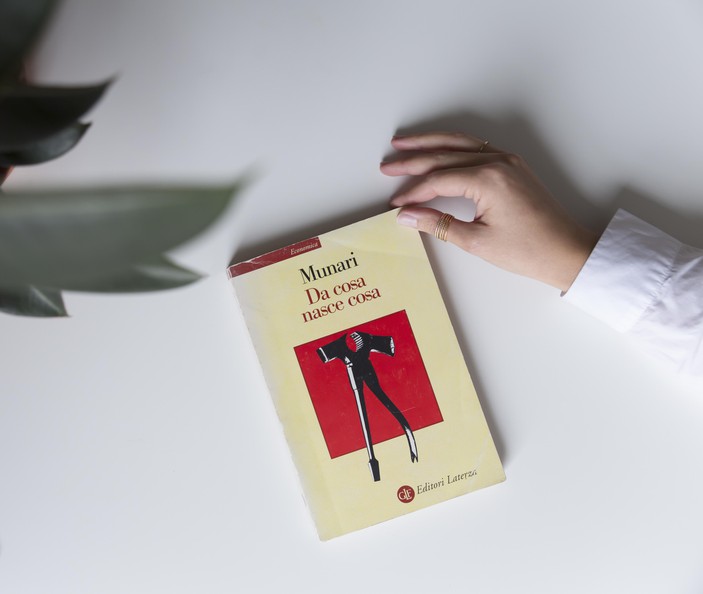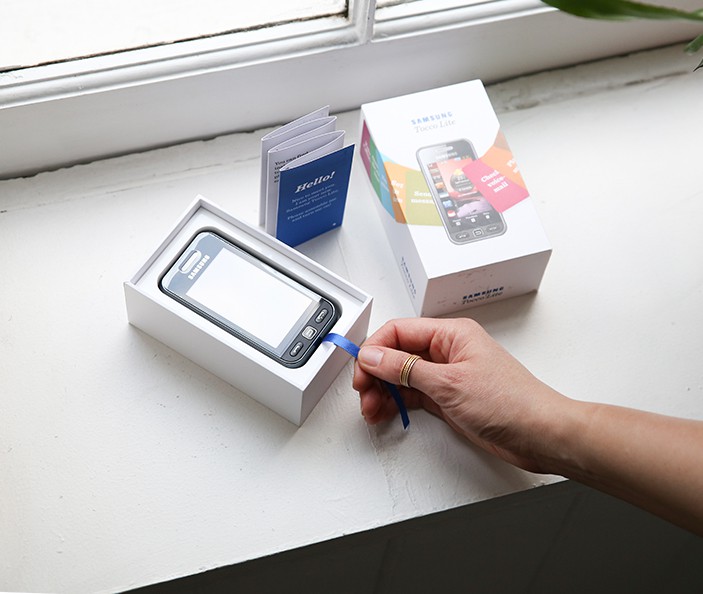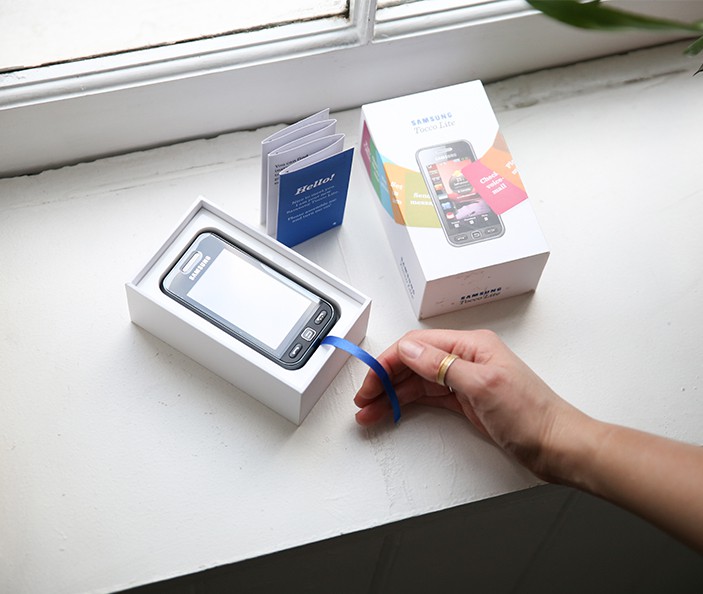Design for Ageing
In the UK there are currently more people aged 65 or over than 18 or under and this is predicted to grow. The Office for National Statistics states that in 2016 in the UK, 20.4% of the population were aged 65 and over whilst only 18.9% of the population were aged 0 to 15 years. This trend is expected to continue.
I was recently interviewed on design for ageing and, through the process, I discovered that I have a very strong opinion on it. I decided to share it, hoping that the often too beige and grey world of assisted living will change for the better.
My passion started when working as a Research Associate at the Helen Hamlyn Centre for Design at the Royal College of Art where Adrian, co-founder of Special Projects, and myself trained in the exciting art of user centred design for over two years under the invaluable mentorship of Professor Jeremy Myerson and Rama Gheerawo.
The project that best reflects our belief in design for ageing is Out of the Box , for Samsung in 2010. We were asked to ‘enable older users to use and enjoy mobile technology’. Not the most glamorous brief we thought… but little did we know that this project would change our lives forever.
The initial assumption in the room was that we would have designed a new and improved ‘silver phone’. ‘Silver phones’, if you are not familiar with them, are dumbed down mobile phones designed for the elderly market. These simplified devices are sometimes extreme: the ones in the picture below do not even have enough digits to dial a number and require the older user to ask someone else to take their sim card and add their contacts before putting it back in their phone. They all have an SOS button, just to remind the older person that death is fast approaching.
We felt that to enable older users to use and enjoy mobile phone technology we had to take a different direction, and not design another ‘silver phone’. It wasn’t up to us to decide which ‘reduced’ features older people could access and we wanted to enable them to access the full potential of smartphones.
This takes me to my first step: Find the barrier at the source of the problem
Too many products designed for ageing offer a quick fix to a problem but do not try and tackle the problem at the source. You struggle with smartphones? Ok, we will give you an obsolete ‘simple’ phone. This attitude is everywhere. If you are lonely at home, we give you a smart robot that will suggest you do yoga and alert your children if you don’t. You might need to make an emergency call? We will give you a stigmatising red button collar as if style and accessories do not matter to you anymore.
My suggestion for designers interested in creating something novel and uplifting is to investigate what older people have trouble doing and discover the barrier that creates this difficulty.
In our case, we found out through a series of workshops, user interviews and observations that the barrier was in the unboxing experience. The first touch point with the new device was intimidating and confusing, so this is what we needed to fix.
Once this has been found, designers should shift their attention to older people’s superpowers and be inspired by those to create the solutions.
I was recently interviewed on design for ageing and, through the process, I discovered that I have a very strong opinion on it. I decided to share it, hoping that the often too beige and grey world of assisted living will change for the better.
My passion started when working as a Research Associate at the Helen Hamlyn Centre for Design at the Royal College of Art where Adrian, co-founder of Special Projects, and myself trained in the exciting art of user centred design for over two years under the invaluable mentorship of Professor Jeremy Myerson and Rama Gheerawo.
The project that best reflects our belief in design for ageing is Out of the Box , for Samsung in 2010. We were asked to ‘enable older users to use and enjoy mobile technology’. Not the most glamorous brief we thought… but little did we know that this project would change our lives forever.
The initial assumption in the room was that we would have designed a new and improved ‘silver phone’. ‘Silver phones’, if you are not familiar with them, are dumbed down mobile phones designed for the elderly market. These simplified devices are sometimes extreme: the ones in the picture below do not even have enough digits to dial a number and require the older user to ask someone else to take their sim card and add their contacts before putting it back in their phone. They all have an SOS button, just to remind the older person that death is fast approaching.
We felt that to enable older users to use and enjoy mobile phone technology we had to take a different direction, and not design another ‘silver phone’. It wasn’t up to us to decide which ‘reduced’ features older people could access and we wanted to enable them to access the full potential of smartphones.
Too many products designed for ageing offer a quick fix to a problem but do not try and tackle the problem at the source. You struggle with smartphones? Ok, we will give you an obsolete ‘simple’ phone. This attitude is everywhere. If you are lonely at home, we give you a smart robot that will suggest you do yoga and alert your children if you don’t. You might need to make an emergency call? We will give you a stigmatising red button collar as if style and accessories do not matter to you anymore.
My suggestion for designers interested in creating something novel and uplifting is to investigate what older people have trouble doing and discover the barrier that creates this difficulty.
In our case, we found out through a series of workshops, user interviews and observations that the barrier was in the unboxing experience. The first touch point with the new device was intimidating and confusing, so this is what we needed to fix.
Once this has been found, designers should shift their attention to older people’s superpowers and be inspired by those to create the solutions.
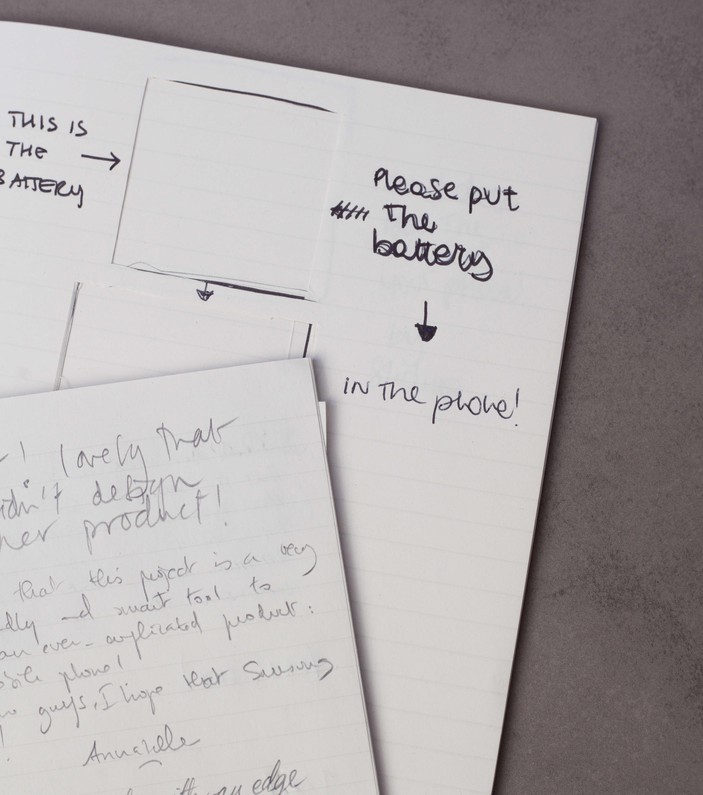
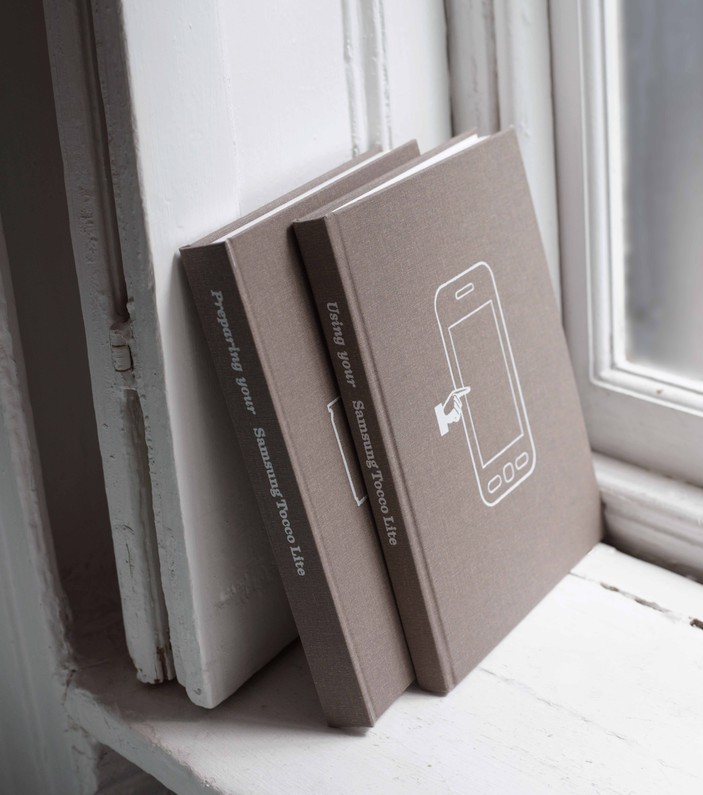
Once we understood the barrier, we focused our attention on older people’s superpowers: what is it that they were confident with and doing well?
During our research we were struck by the knitting ability of one lady. She had a book, that looked like a coding manual, and followed the instructions without fail. A gentleman showed us how he would fix his car engine using an amazing hardcover manual. We understood that books were a very familiar mental model for them, and that they could navigate them with more patience and focus even than the younger tech savvy generation. Inspired by this ‘superpower’ we created a more intuitive and less cluttered unboxing experience to enable less tech savvy users to use and enjoy smartphones.
Shifting the focus from the problem/barrier to the user’s superpowers is key to creating a positive learning experience and leveraging the talents of the user. Designers should take a step back after discovering the source of the problem and think about the superpowers that they can leverage to create the best possible user experience.
I briefly touched on the emergency button necklace. This is just one example of how often assisted living devices are designed as if the user had lost their sense of style and personality with age. This needs to change.
I believe in universal, unisex timeless design that fits into people’s lives emotionally and practically. Most products designed for the ageing population do not take into account their emotional impact, and often propose solutions that are useful but terribly stigmatising.
Older people are full of life, style and energy. Let’s not design with stereotypes in mind. Just watch our videos about our installation ‘NEW OLD Exchange’, created for the Design Museum’s Designing for our Future Selves: NEW OLD exhibition in 2017 to see the energy and enthusiasm of our volunteers.
TV series like Fabulous Fashionista can give designers insights on older people today. The Super Mamika photographic series by Sacha Goldberger brilliantly portrays the true youthful spirit of older people. Exhibitions such as Design Diversity: product culture beyond beige best and gold and NEW OLD are travelling the world spreading this positive message.
Style and optimism are desperately needed in this market, and this is a space where good design can really make a difference.
I therefore encourage all designers out there not to be put off by unglamorous sounding design briefs. They might be embarking on a project that will change their life forever.
